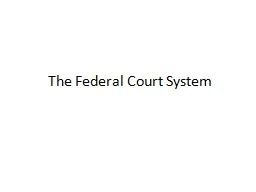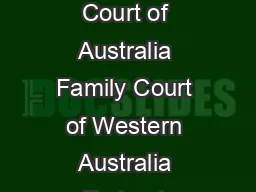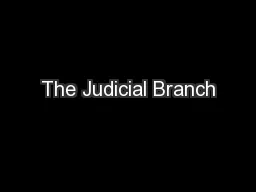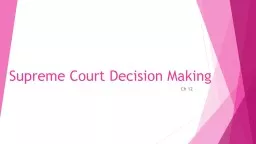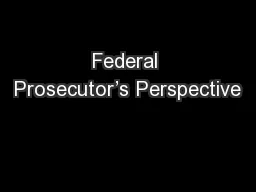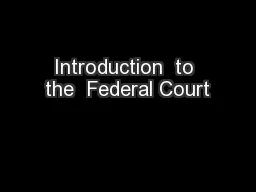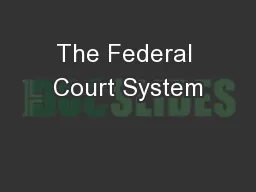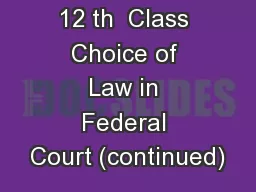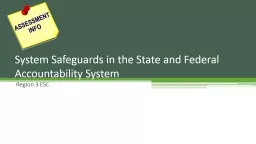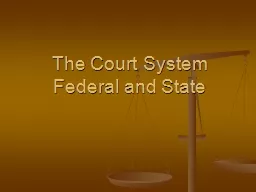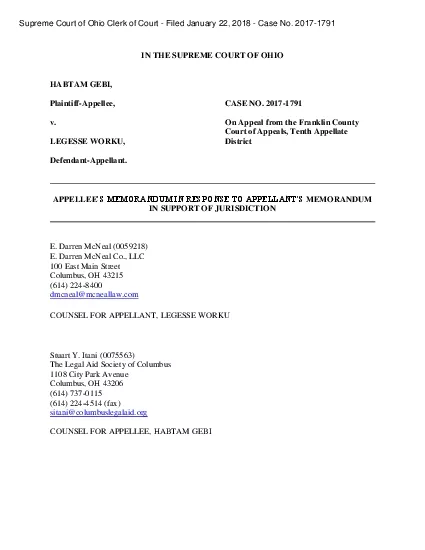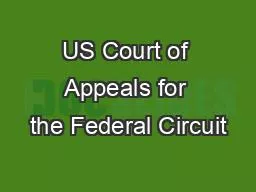PPT-The Federal Court System
Author : celsa-spraggs | Published Date : 2017-04-04
Characteristics of the Federal Court System Adversarial A court provides an arena for two parties to bring their conflicts before an impartial arbiter or judge The
Presentation Embed Code
Download Presentation
Download Presentation The PPT/PDF document "The Federal Court System" is the property of its rightful owner. Permission is granted to download and print the materials on this website for personal, non-commercial use only, and to display it on your personal computer provided you do not modify the materials and that you retain all copyright notices contained in the materials. By downloading content from our website, you accept the terms of this agreement.
The Federal Court System: Transcript
Download Rules Of Document
"The Federal Court System"The content belongs to its owner. You may download and print it for personal use, without modification, and keep all copyright notices. By downloading, you agree to these terms.
Related Documents

